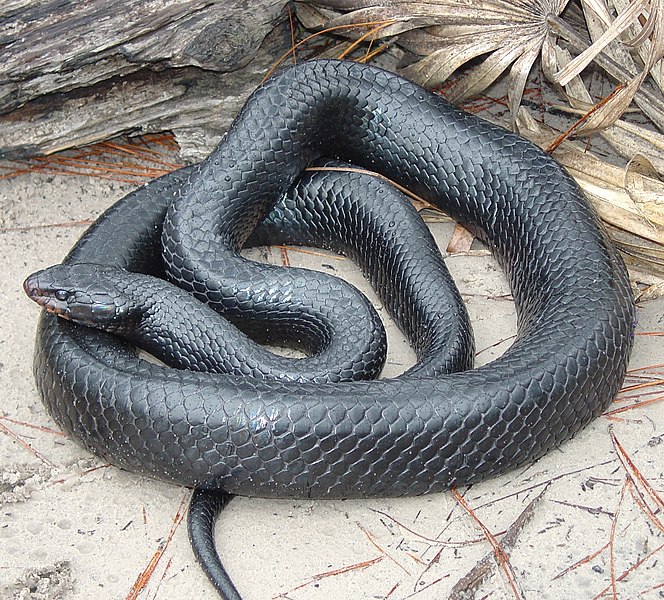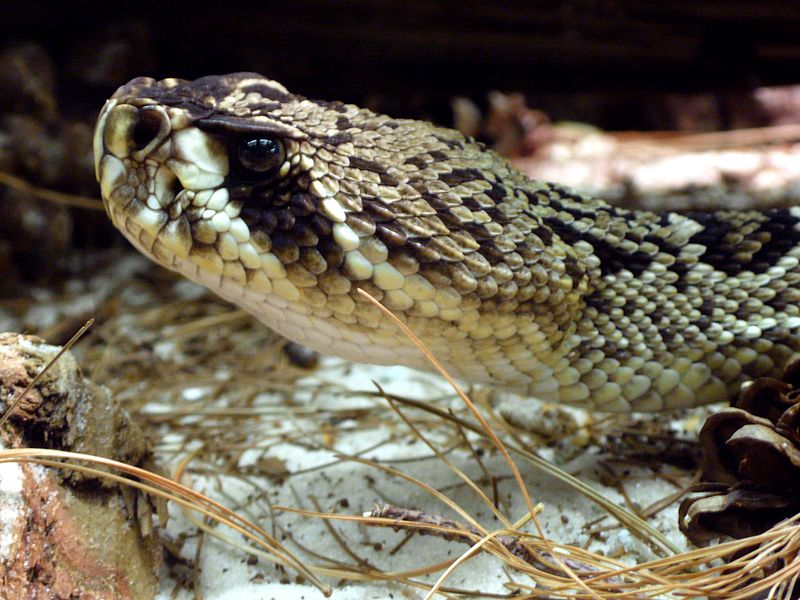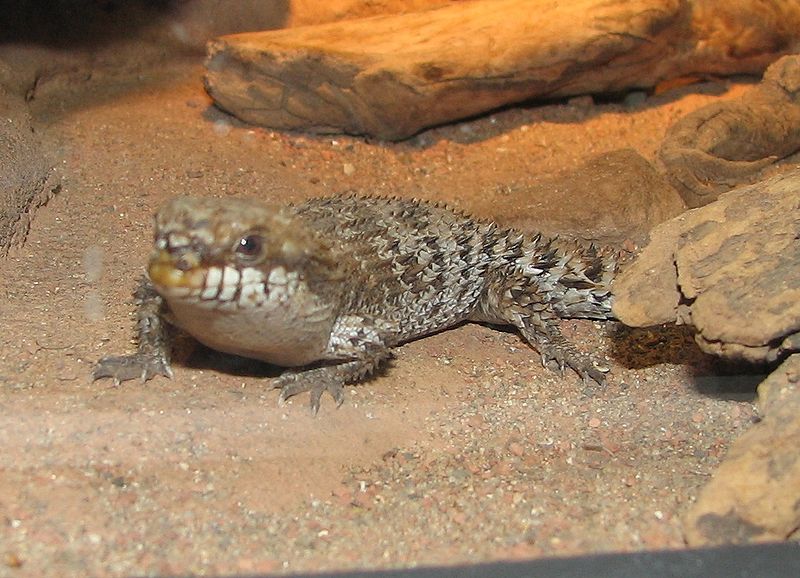 In 2010, I highlighted a study that documented steep declines in a number of snake species. Despite disturbing similarities to the “Disappearing Amphibian Crisis”, the snake situation seems not to have generated widespread concern. In my own career as a herpetologist, opportunities to become involved in snake conservation were also limited. Although I was fortunate enough to work in programs designed to bolster the populations of several species, including Green Anacondas, Indigo and Hognose Snakes, most such efforts were short-lived. I was pleased to learn, therefore, that a partnership of several major conservation organizations has made the plight of the world’s snakes a priority for the year 2013.
In 2010, I highlighted a study that documented steep declines in a number of snake species. Despite disturbing similarities to the “Disappearing Amphibian Crisis”, the snake situation seems not to have generated widespread concern. In my own career as a herpetologist, opportunities to become involved in snake conservation were also limited. Although I was fortunate enough to work in programs designed to bolster the populations of several species, including Green Anacondas, Indigo and Hognose Snakes, most such efforts were short-lived. I was pleased to learn, therefore, that a partnership of several major conservation organizations has made the plight of the world’s snakes a priority for the year 2013.
The Year of the Snake…your input needed
The Year of the Snake effort is spearheaded by Partners in Amphibian and Reptile Conservation, and was preceded the Year of the Turtle and the Year of the Lizard. PARC will be joined by the Center for Conservation Biology, the Orianne Society and other notables (please click here for a complete list). In addition to field research and captive breeding programs, public education will be a major component of each group’s activities. I was very glad to see that input from interested non-professionals will be solicited. This is an all-too-rare step, despite the fact that professionals, being limited in both numbers and financial resources, cannot begin to address the myriad conservation needs of the world’s threatened snakes. Please see “What Can I Do”?, below, if you wish to participate. Read More »
 That Reptile Blog – Reptile, Amphibian and Exotic Pet Care and Information
That Reptile Blog – Reptile, Amphibian and Exotic Pet Care and Information



